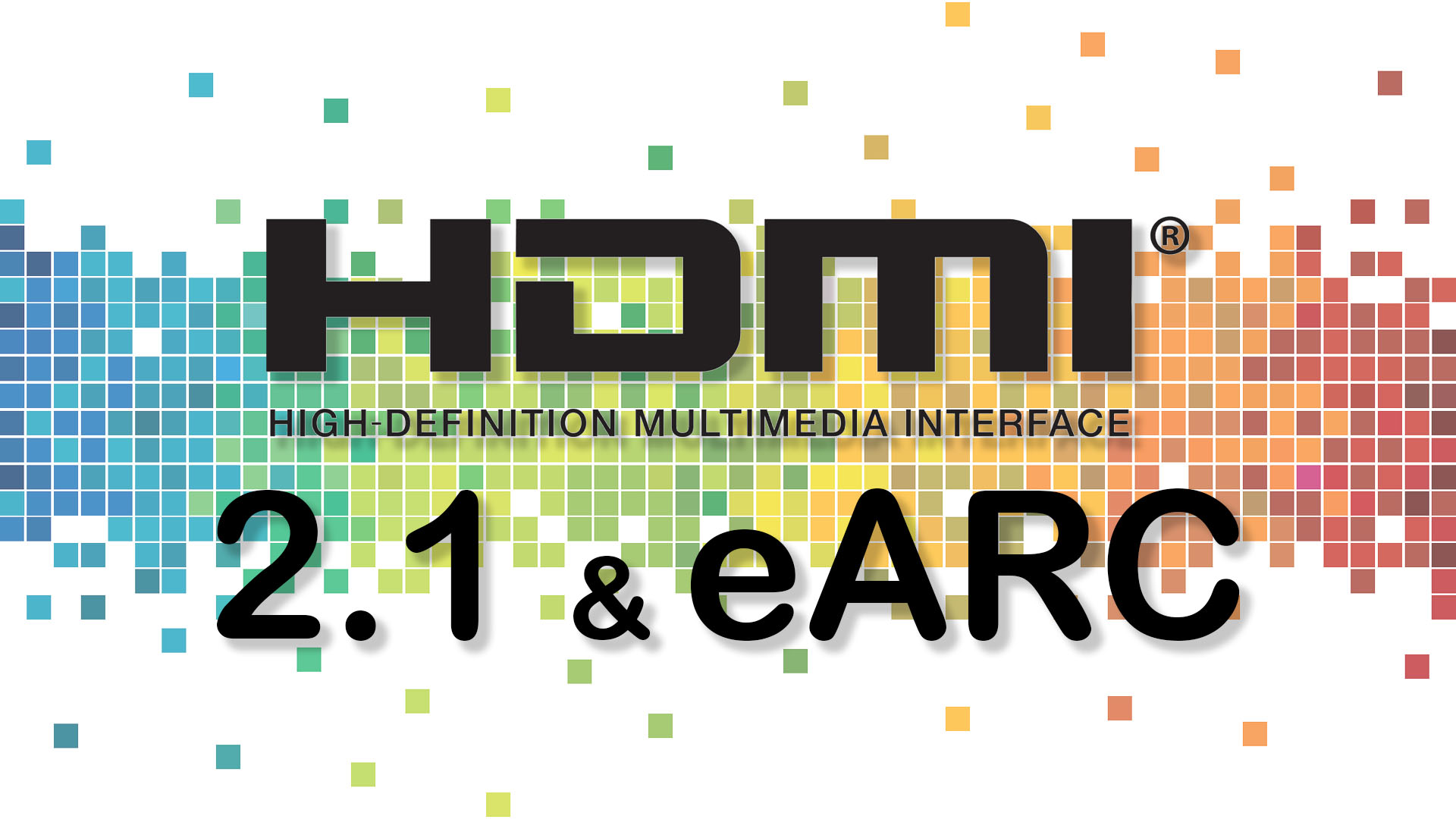eARC – The Best Feature of HDMI 2.1?
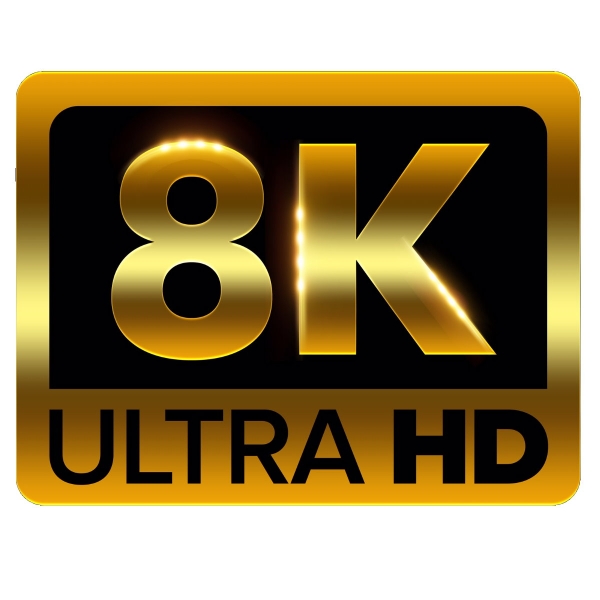
The new HDMI standard 2.1 has existed on paper for quite a while, but has only recently become truly available in devices. Among the innovations is the Enhanced Audio Return Channel (eARC). But what does the “enhanced” audio return channel offer, and who actually needs it?
HDMI 2.1 was announced as early as the beginning of 2017, and the specifications became available at the end of 2017. However, it wasn't until 2020 that the first TVs and AV receivers equipped accordingly hit the market. Implementing HDMI 2.1 posed a considerable challenge for both chip developers and manufacturers of TVs and electronics.
Images up to 44 Megapixels

HDMI 2.1 demands technical capabilities that just a few years ago were unimaginable. Resolutions up to 8k (7,680 x 4320, 16:9) or even 10k (10,240 x 4,320 pixels, 21:9) are to be processed and transmitted at a frame rate of 120 Hz, along with bandwidth-hungry video (HDR10+, Dolby Vision) and audio formats (Dolby Atmos, DTS:X). Overall, these requirements increase the bandwidth of HDMI 2.1 to 48 gigabits, more than 2.5 times the previous specification. It was only the announcement of the new generation of powerful gaming consoles, Playstation 5 and Xbox Series X, whose technical requirements in terms of video at least surpass the old HDMI 2.0, that finally brought HDMI 2.1 into home theater devices.
The specifications also include many details of particular interest to gamers, such as an automatic mode for especially low latency (ALLM) or variable refresh rates (VRR). The fact that switching from one HDMI source to another should now be smoother and without delay is good news for all users.

ARC – The Data Highway for Audio in Both Directions
One of the most interesting innovations of HDMI 2.1, at least for certain users, is the Enhanced Audio Return Channel (eARC). Like the “regular” ARC, which has been known since HDMI 1.4, it is designed to transmit audio data from the TV back to the AV receiver or soundbar. This turns the HDMI cable from a digital one-way street into a data highway.
Theoretically, this allows you to connect additional sources directly to the TV and still output the sound through the audio system, for example, if the soundbar has no free HDMI inputs left. But ARC becomes even more important because nowadays practically all available TVs are more or less “smart”—that is, equipped with internet access and various apps. Among these apps, you’ll find services from the usual streaming providers, so you no longer need an extra box to use Netflix, Amazon Prime Video, AppleTV, or Sky Ticket.
And since these providers are increasingly offering 4K content and high-quality multichannel audio tracks, ARC is really the only sensible way to enjoy movies and series from streaming services in the best possible picture and sound quality.
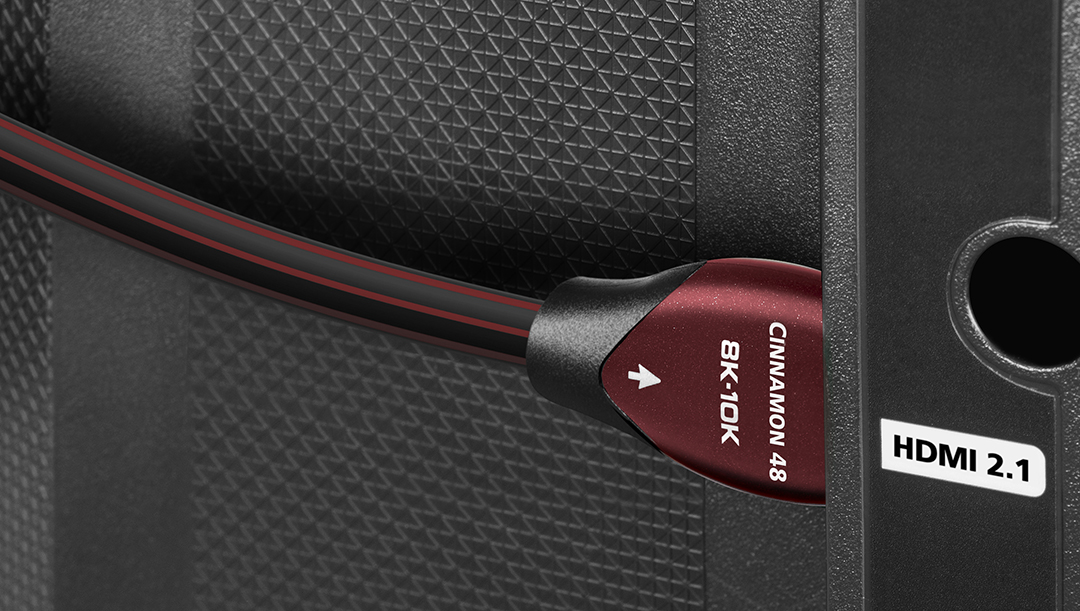
Enhanced ARC for Dolby Atmos and DTS:X
And this is exactly where the improved “enhanced” ARC comes in: Thanks to significantly increased bandwidth, eARC can now transmit all modern audio formats up to Dolby Atmos and DTS:X and up to 32 channels, for example to a suitably equipped home theater receiver. Even uncompressed data streams with 24-bit / 192kHz and up to 38 Mbps are said to be possible.
The previous ARC was a well-intentioned problem solver for a few special cases—nothing more, nothing less. The eARC introduced with HDMI 2.1 has suddenly become an almost indispensable feature for anyone wanting to set up a modern living room home theater. Oh, and by the way, eARC is now also supposed to work independently of the HDMI control protocol CEC, which has repeatedly caused problems.
New Cables for HDMI 2.1?
Better quality, more convenience, long-term future-proofing—there are many reasons to opt for HDMI 2.1 and eARC. Currently, the manufacturers who were first to introduce HDMI 2.1 are still struggling with some teething problems, but they will probably get those under control soon. So, if you have a TV and an AV receiver (or a soundbar) with HDMI 2.1 ports, the question inevitably arises: do you also need a new HDMI cable?
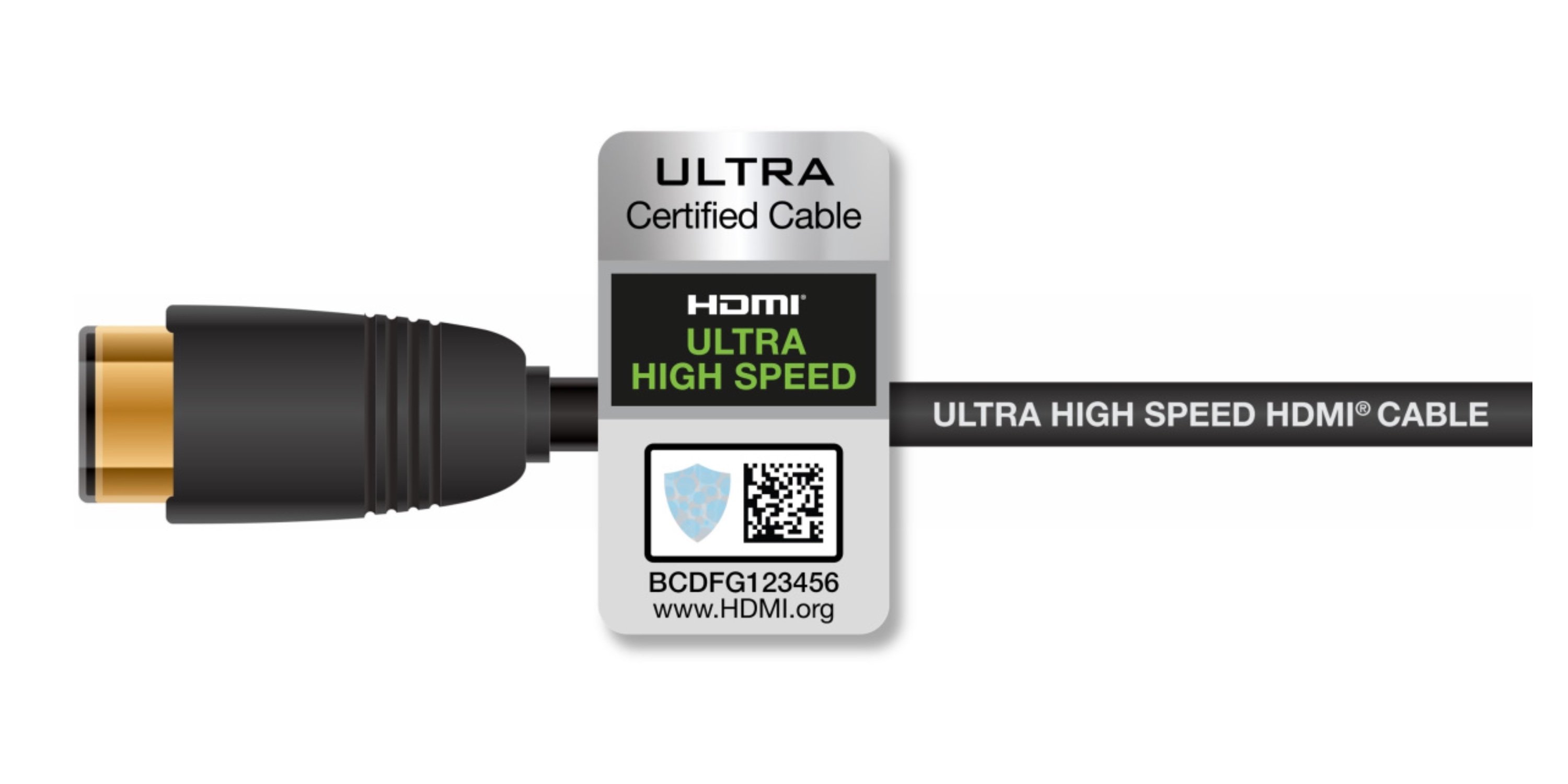
As so often, the answer is a clear “yes and no.” Basically, HDMI 2.1 is fully backward compatible. So, if one of the connected devices or the cable does not support the new high bandwidth, everything stays as it was and you get a connection according to HDMI 2.0. However, for all resolutions beyond 4K at 60 Hz and to use HDR10+ in its full scope, the HDMI cable used must be certified as “Ultra High Speed,” often referred to as “48G” in reference to the 48 gigabits bandwidth.
eARC and the HDMI Cable
Theoretically at least, eARC should not depend on a cable with the new certification; according to the specifications, HDMI cables labeled “High Speed with Ethernet”—which includes most branded cables purchased in recent years—are sufficient. However, since it is currently unclear how these cables will cope in practice with the much higher requirements, we recommend, in case of doubt and for safety, switching to a corresponding modern cable.
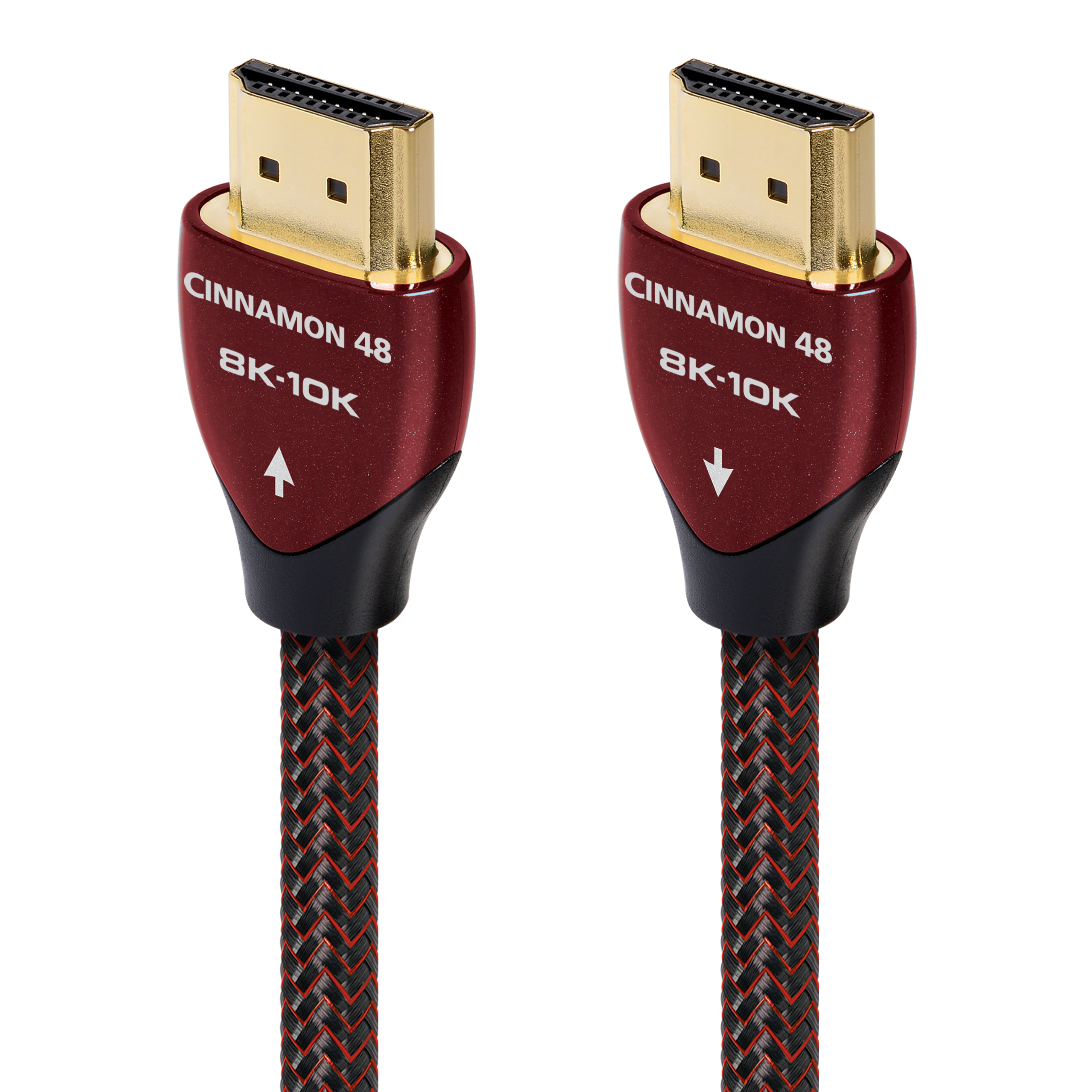
One of the first available HDMI cables with “Ultra High Speed” certification that has performed excellently in our tests is the Cinnamon 48G from Audioquest. In the best Audioquest tradition, particular emphasis was placed on the sound quality of the connection when developing the Cinnamon 48G—especially when using eARC. The cable meets the requirements of HDMI 2.1 in all available lengths and can reliably transmit 4K or 8K video over distances up to 5 meters.
If you have further questions about HDMI 2.1 or eARC, feel free to get in touch with us.
More information about the Audioquest Cinnamon 48G is available upon request.
